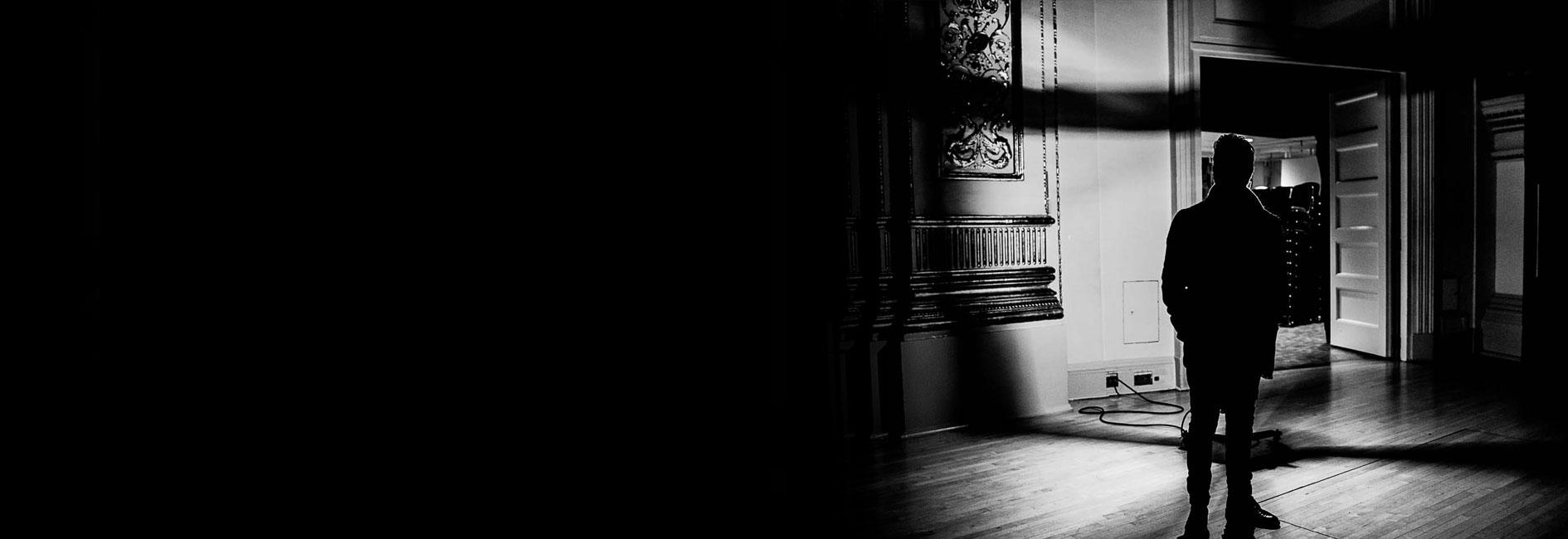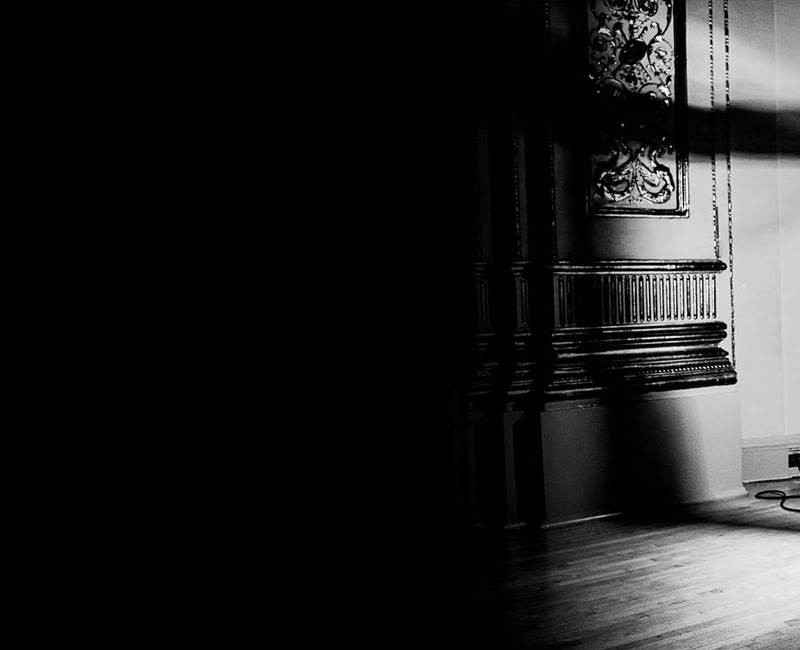Heras-Casado and Weilerstein are a “superb collaboration” with the San Francisco Symphony
20 Oct 2016
In Davies Symphony Hall on Wednesday, in a superb collaboration with Heras-Casado, Weilerstein laid all those doubts to rest. This was a luminous account of a work that has the potential to be problematic, and Weilerstein didn’t so much finesse those issues as face them head-on in an explosive show of artistic strength.
In the first movement, with its broad, vaulting main theme, Weilerstein cast an expansive net. While heeding the composer’s warning not to take the music too fast, she and Heras-Casado brought a wonderful momentum to every paragraph — the effect was like some fairy-tale giant taking huge, picturesque strides across the countryside …
Heras-Casado, too, made a valiant accompanist, steadying her at every turn without taming her more extravagant impulses.
The rest of the program was just the latest reminder of what a vivid and resourceful conductor Heras-Casado is. (He currently leads the Orchestra of St. Luke’s in New York, but the first major American orchestra to snap him up as music director will have hit the jackpot.)
He began by leading the Symphony in a subtle but zesty account of Mozart’s Symphony No. 29 in A, one that emphasized the music’s easy symmetries while still giving it plenty of rhythmic intensity.
Even more impressive was the performance of Dvorák’s Symphony No. 7 that occupied the concert’s second half in a virtuoso display of orchestral color and architectural solidity. Throughout the early stages of the symphony, Heras-Casado kept ramping up the forcefulness of his rhetoric — slowly but ineluctably — until the entire stage seemed to quiver with possibility, and the finale brought everything to a glorious conclusion.
The orchestra members seemed to respond with enthusiasm to Heras-Casado’s ministrations. The brass sounded as voluble and polished as I’ve heard them, and the contributions of Edward Stephan, the Symphony’s excellent new timpanist, were a constant source of inspiration. This was exactly the kind of performance that makes a conductor sound like a wizard.
Read the entire review via the San Francisco Chronicle

